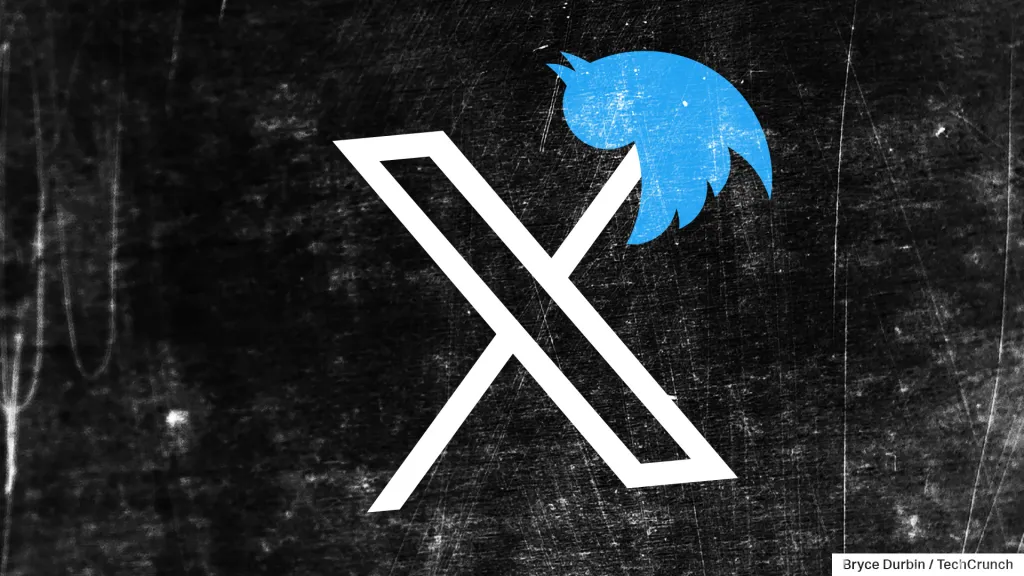✍️ The Great Twitter Thread Struggle: Taming the Beast of Long-Form Tweets
Alright, let’s set the scene. You’ve just had a galaxy-brain take. 💡 It’s nuanced, it’s detailed, and it absolutely cannot be confined to 280 characters. Your fingers fly across the keyboard, pouring your genius into the composer. You hit that enticing “+” button to add another tweet to your soon-to-be-viral thread. You’re not just tweeting; you’re authoring a modern-day epic, 280 characters at a time.
And then you post it.
The formatting is a mess. The line breaks you meticulously added have vanished into the digital ether, turning your elegant prose into a wall of text. Tweet 3 goes live before Tweet 2. Someone’s reply at the top of the thread completely derails the reading order. 😤
Sound familiar? If you’ve ever tried to say anything complex on Twitter (or should I call it X?), you’ve faced these demons. I certainly have. I’ve lost count of the times I’ve deleted a half-finished thread out of sheer frustration. As a platform originally built for brevity, its evolution into a space for long-form thought has been… messy. Let’s break down why.
🧩 The Core of the Chaos: A Square Peg in a Round Hole
Twitter’s DNA is rooted in brevity. Its initial 140-character limit (later doubled to 280) was its defining feature. This wasn’t designed for essays; it was designed for zingers, updates, and quick shares. Trying to fit long-form content into this framework is like trying to build a bookshelf with only a screwdriver—possible, but needlessly difficult and the result is often wobbly.

The main weapon for long-form content has been the “thread.” But threads are a hack, not a feature. They’re a workaround users created, which the platform later semi-endorsed. This is the root of almost every formatting and usability issue.
⚔️ The Battle of the Line Break: A Tale of Two Composers
This is where the pain gets personal. The single biggest issue is the disconnect between how you write your thread and how it’s displayed.
The Composer View: When you’re drafting a thread in the main composer, you can press Shift + Enter to add a line break. It looks perfect! You have neatly separated paragraphs. You feel in control.
The Published View: You hit “Tweet all” and immediately go to check your masterpiece. Those clean breaks? Gone. Vanished. Your beautiful paragraphs have merged into a single, daunting block of text. This happens because Twitter’s rendering engine treats single line breaks within a tweet largely the same as a space. To force a visible line break, you often need two line breaks in the composer, which feels counterintuitive and messes up your drafting flow.
I’ve found myself editing tweets 5-6 times just to get the spacing right, a frustrating dance that interrupts the flow of ideas. As noted by tech writers at The Verge, this inconsistency is a major pain point for power users who regularly publish long-form content on the platform.
🧱 The “Where Am I?” Problem: Navigation and Serial Publishing
Reading a long thread is its own special challenge. Unlike a blog post, a thread is fractured.
-
The Dreaded “This Tweet is unavailable”: If the author deletes even one tweet in the middle, the entire chain can become confusing or unreadable.
-
Replies Masquerading as Continuations: Someone can reply to the first tweet before the author has even finished posting the rest, completely hijacking the narrative flow for early readers.
-
No Table of Contents: There’s no easy way to jump to a specific point in a 50-tweet thread. You have to endlessly scroll and tap “Show more,” hoping you don’t lose your place.
This is why many serious writers migrated to platforms like Substack for long-form work. As highlighted in their own publications, Substack offers a frictionless, WYSIWYG (What You See Is What You Get) editing experience precisely because it’s built for long-form.
Enter “Notes”: X’s Official Answer to a Problem It Created
In a clear acknowledgment that users want to create long-form content, X launched Notes (now integrated into Articles). This feature allows you to publish a single, long post with full formatting, images, and clean line breaks. Finally, a native solution!

But… it has its own set of problems. While it solves the formatting issue, it arguably kills the unique, serialized magic of a thread. A thread unfolds in real-time, creating anticipation and allowing for interactive storytelling. A Note/Article is static. It’s also less discoverable in the main timeline, often feeling like it’s siloed away from the main conversation.
Here’s a quick comparison of the two methods:
| Feature | The Classic Thread | The New Note/Article |
|---|---|---|
| Formatting | Poor (line break issues) | Excellent (rich text editor) |
| Discoverability | High (appears in timeline) | Lower (requires clicking through) |
| Reader Engagement | High (can like/reply to each point) | Centralized (one comment section) |
| Navigation | Fragile and clunky | Smooth and unified |
| “Vibe” | Dynamic, conversational | Formal, blog-like |
| Best For | Breaking news, live commentary, interactive stories | In-depth essays, tutorials, complex analysis |
My Personal Workflow: How I Survive the Thread-pocalypse
After setting my keyboard on fire one too many times, I’ve developed a system. Maybe it’ll help you too.
-
Draft in a Notes App. Never draft anything longer than two tweets directly in the composer. I use Bear Notes or Google Docs. This gives me total control over formatting and acts as a backup if the Twitter app crashes.
-
The Double-Line-Break Trick. In your drafting app, wherever you want a paragraph break in the final tweet, use two line breaks. When you paste this into the Twitter composer, it will appear with exaggerated spacing, but it will (usually) publish with one clean break.
-
Use a Thread Reader. Before publishing, I often paste my entire text into a tool like Typefully. This lets me preview the entire thread, catch formatting errors, and schedule the posts smoothly. It’s a game-changer.
-
Embrace the Unroll. Once published, I often quote-tweet the entire thread with a link to a unrolled version from a service like ThreadReaderApp, saying, “Prefer to read this as a blog post? Here you go!” It’s a courtesy your readers will appreciate.
The Verdict: A Necessary Mess?
So, is it all worth it? Despite the headaches, there’s a reason we still do it. A well-crafted thread has a unique energy. It meets the audience where they are. The friction of the format can even foster creativity, forcing you to break down complex ideas into digestible chunks.

The chaos is part of the charm, but it’s a charm that needs a significant usability upgrade. X’s focus on long-form with Notes shows they know it’s valuable. The question is, will they ever truly perfect it, or will the beautiful, frustrating hack of the thread always reign supreme?
For now, we keep threading, we keep fighting with line breaks, and we keep sharing our big ideas, one little tweet at a time.
What’s your biggest thread-related pet peeve? Any pro tips I missed? Share your horror stories and victories in the comments below! 👇
Visual Guide: Twitter Long-Form Flowchart: Thread vs. Note (Click to Download PNG!)
(This flowchart would help a user decide whether to use a Thread or a Note based on their content type and goals.)
Loved this? Pin it for later! 📌
Sources Integrated Throughout:



